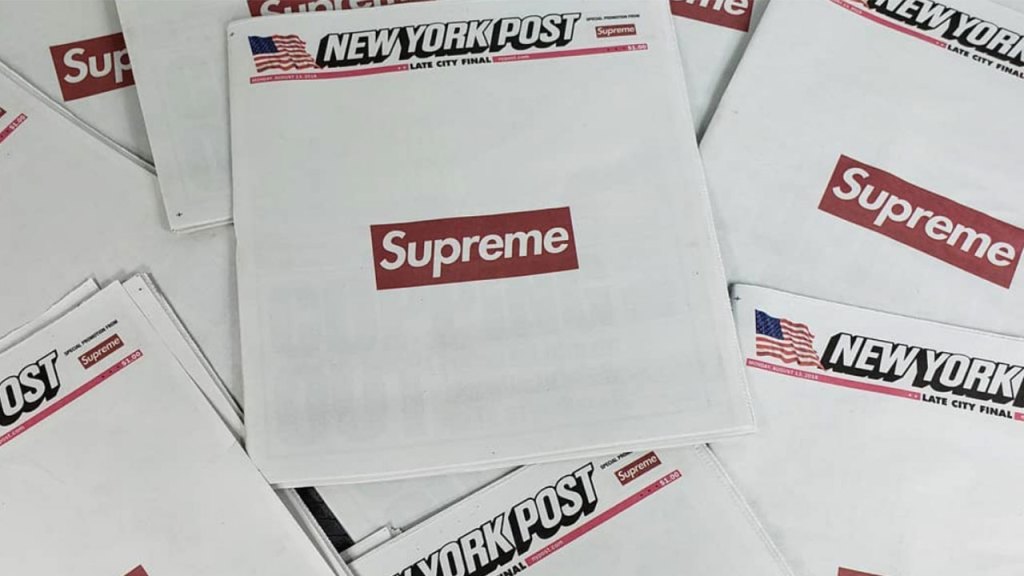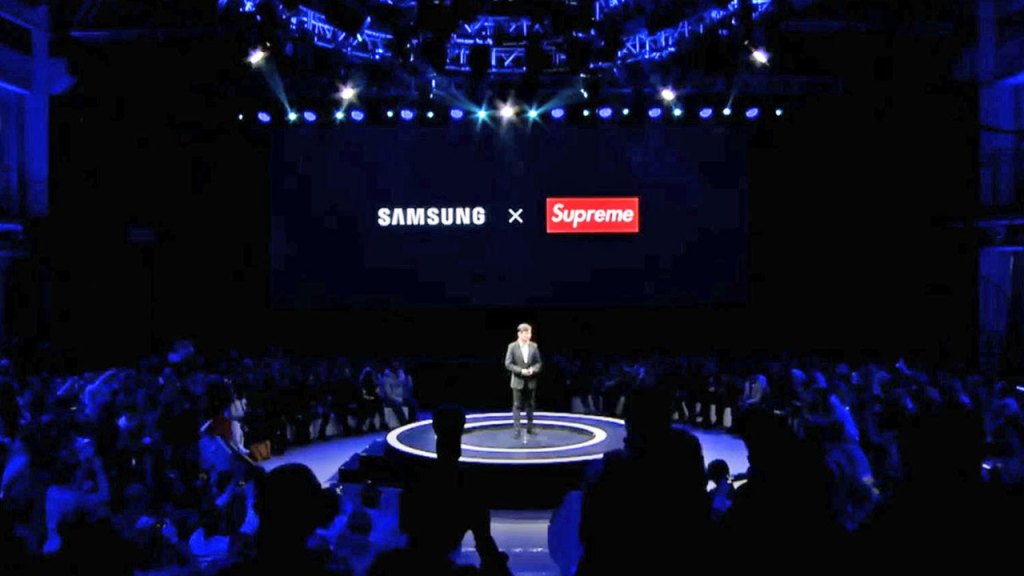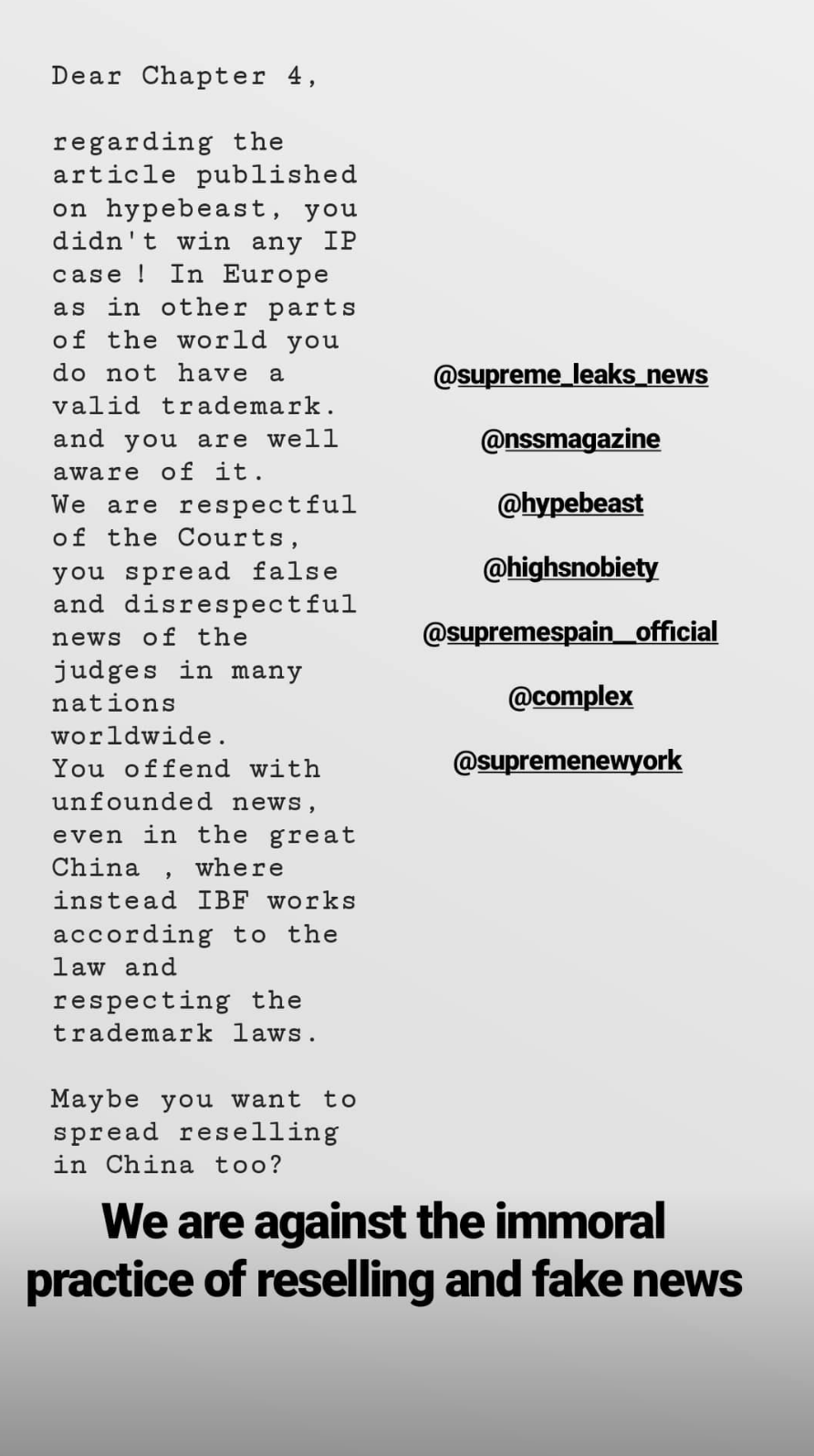Everything

The world of counterfeit products tends to be somewhat mysterious. Gaining cash off the backs of cult labels and luxury brands, overseas marketplaces nowadays tend to be filled with trademark violations and illegal copy cats. With this comes a fluctuation of law suits and whether you blame it on the rise of streetwear or an increasingly competitive retail landscape, it begs to ask the question: What happens when fake brands are out smarting the big guns?
Investigating what is now dubbed “legal fakes”, CNN Business and CNN Style have posed this same question, looking to counterfeit giants Supreme Italia and Supreme Spain.
In modern times, the original Supreme New York has quickly become one of the largest streetwear brands worldwide. With its seasonal collections selling out in just hours and collaborations leaving stores in just seconds, it is no wonder why unassuming business titans, if you will, want a piece of the action. Continuing a years-long fight in and out of court rooms, the cult label’s legal team has been hard at work in an attempt to abolish fake Supreme stores and brands that have popped up all over the globe. Just under 12 months ago, the European Union ruled against the American brand to become a registered trademark, and the likes of Italy and Spain have taken advantage.
With outposts in all corners of the globe, both companies won the race to register its trademark in over 54 countries meaning Supreme New York has no leg to stand on. Late last year, Supreme Italia had even convinced tech-heads Samsung to join for a collaboration, which was later cancelled.

Speaking to industry experts including Highsnobiety founder and CEO David Fischer as well as representatives of International Brand Firm (IBF) – the British company that owns Supreme Italia – and Giovanni Casucci, an Italian lawyer currently litigating on behalf of Supreme’s parent company Chapter 4, we have a balanced view from both sides of the fight.
“It became a huge event, where Supreme fans from around the world would line up in front of Supreme stores to get a hold of the latest product,” Fischer says. “It’s not only about standing in line to buy a new product. It’s just as much about being there with a community that you’re a part of.”

“It’s an oxymoron, a completely self-contradictory definition,” Casucci emphasises to CNN Business. “You can not be legal if you’re fake.”
IBF believes however, that its providing a service to the countries it currently holds stores in, also believing that the reselling business model behind Supreme New York is “immoral”. “The fact is, there is no distribution of the physical products in Italy or Spain,” IBF lawyer Simona Lavagnini argues, pointing out the original Supreme’s lack of presence in most European countries. “There are a few shops in some privileged European countries like the UK and France, then there is a website where it is theoretically possible to acquire the products, but they immediately sell out … And then the only way to buy the product is to go to these resellers websites where the products are sold at much higher prices.”

Whether Supreme New York is “immoral” or not comes down to the opinion of the buyer but we should point out that ripping off designs from the original source does not put its competitors in high regard either. With brick and mortar stores dotted around the world, the power struggle against the two companies will continue. And we don’t expect a resolution anytime soon.
Watch the short doco below.